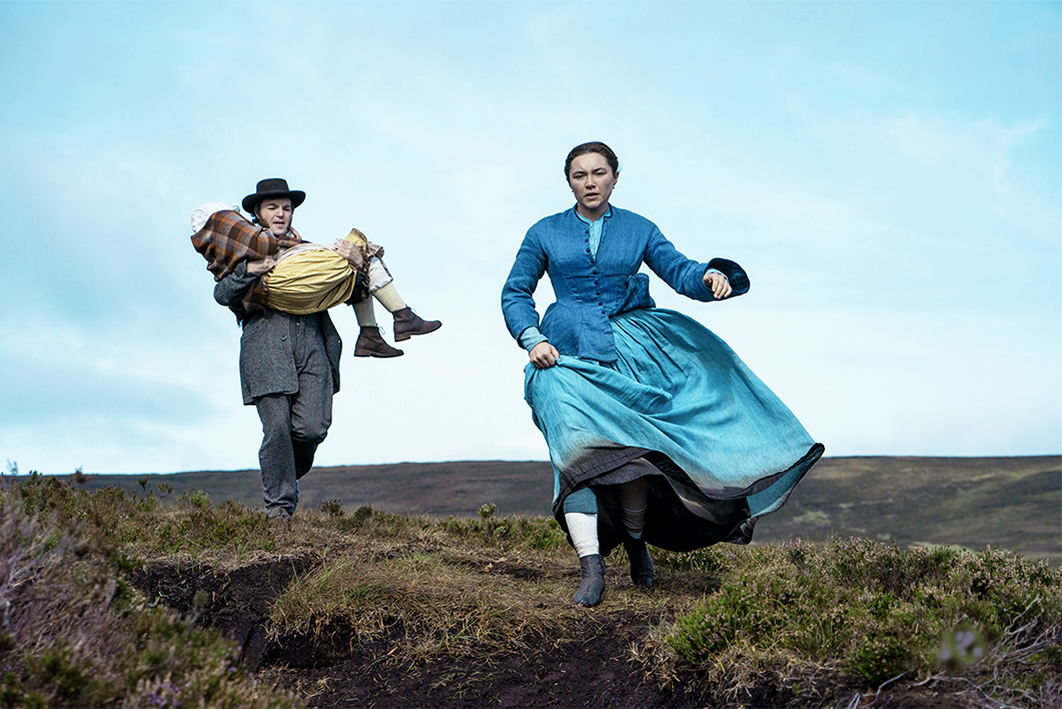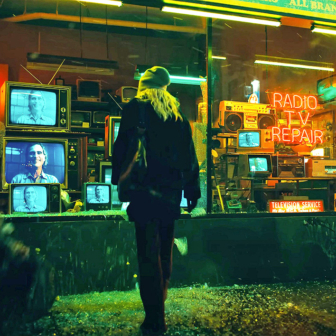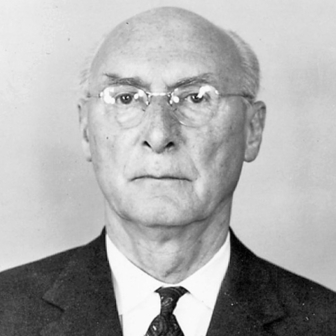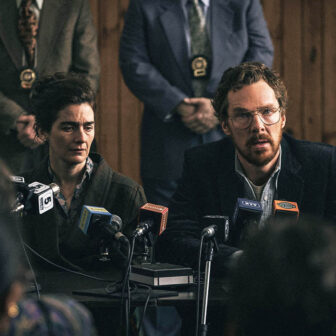Sebastián Lelio’s new film The Wonder, released on Netflix this month, breaks the conventions of historical drama by opening in a film studio where parts of the set are still being made. A narrator invites us to believe in the story about to unfold, just as its characters believe “with complete devotion” in their own narratives. Then the camera closes in on the actors for the first scene.
It is 1862, a few years after the end of the first Crimean war, where the central character, Nurse Lib Wright (Florence Pugh), has seen all the horrors in a military hospital under the direction of Florence Nightingale. At this point in her story, though, she is on her way to a much less challenging assignment.
As she makes her way alone, crossing the sea to Ireland in the hull of a small vessel, then by train and finally by horse-drawn cart to a small village “in the exact middle of the country,” all the generic components of the vintage ghost story seem to be in place. Lured by an offer of good pay and light duties, she knows little of the situation she will find herself in.
Like Jane Eyre, or the governess in Henry James’s Turn of the Screw, she is alone in the world, with no one to call on if she finds herself in trouble. Her destination is remote both in location and from all the business of the contemporary world. With its low, drawn-out whoops and whistles, composer Matthew Herbert’s soundtrack reinforces the anticipation of strange events.
Nurse Wright completes the last leg of her journey on foot the morning after she arrives in the village. A long, straight track stretches across the bare countryside, apparently for miles, before it reaches the door of a lone timber house. Here she is to meet her patient, an eleven-year-old girl who, as Wright has now been informed, has not eaten for four months yet remains in apparently sound health. Is this, as her family claim, “a Wonder”?
As a rationalist and a trained professional, the nurse’s job is to help resolve that question. Shades of The Exorcist loom as she mounts the stairs to the attic room where the girl sits alone, awaiting the new arrival, on a wooden chair. From here, though, all bets are off. There is nothing generic about the rest of the story, or about how Lelio and his inspired cinematographer Ari Wegner tell it.
Remarkably, this is Lelio’s first period film. He brings to it a subtly intelligent pace and perspective that complement the more obvious work of historical recreation in costume and setting. It is “a highly designed film,” he has said, because the relationship between camera and characters requires formal consideration at every point, complemented by restrained editing.
The narrative is anchored in real time by the walks to and from the cottage, where Nurse Wright works eight-hour shifts alternating with a nun who has been contracted as the second observer. Everything here takes time, and surely it is only a matter of time before a living body without nourishment perishes? Crosses in the cemetery outside the village mark the graves of children too weak to endure through the hungry season before the potatoes ripen. Available fare may be rough, but the nurse eats regular meals, seated alone at a table, spooning food from a bowl.
Florence Pugh brings a balance of dour tenacity and human sensitivity to the central role. She has been widely lauded for her performance, but this is very much an ensemble piece, with strong casting throughout. A committee of local authorities assembled to manage the watch over the girl includes Ciarán Hinds as the parish priest, Toby Jones as the doctor and Dermot Crowley as the squire. They sit behind a table at one end of a bare stone room while the two women they have contracted to watch the girl stand at the other.
But the power dynamics don’t play out in the ways that set-up might suggest. The men are clearly in dispute with each other about the meaning of the phenomenon they have agreed to investigate, and fundamental tenets of belief are at stake. But they are agreed on one principle: “the girl is not to be forced, nor interrogated nor badgered.” Neither is Nurse Wright, it seems, and it is she who puts the blunt questions. Why isn’t the child in hospital? Or, if she is in good health, why the need of a nurse?
Scriptwriter Emma Donoghue’s novel The Wonder (2016) is prefaced by a definition. “Nurse: to suckle an infant; to bring up a child; to take care of the sick.” What kind of nursing is really called for here? This is one of the most genuinely unpredictable storylines I’ve encountered in a film, and its unfolding hinges on a bizarre merging of the three responsibilities.
Donoghue takes on the “persistent cultural fantasy” of fasting girls to bring wonder and naturalism onto common ground by working a kind of alchemy between Wright and her charge, Anna O’Donnell. In the film adaptation, the nurse’s initial hostility is modified to make the rapport almost immediate.
The child, played by Kíla Lord Cassidy, does seem to harbour a kind of mystery. She lays out holy cards and interprets them as if they were the major arcana in a tarot pack, and speaks only of “manna from heaven” when quizzed about her sustenance. Although her role in the drama seems deeply passive, the young actor matches Pugh’s grit and maturity with a convincing kind of steadfastness. If there’s an exceptional central performance here, it is a collaborative achievement.
Historical dramas always raise questions about contemporary relevance, and Lelio responds to these readily. Themes of rationalism versus magical thinking, “spiritual elasticity versus fanaticism,” are very much of concern in our time, he says. Since the outbreak of the pandemic, they have resurfaced with all the urgent loading that goes with a shared conviction that survival depends on one form of understanding versus another. •




